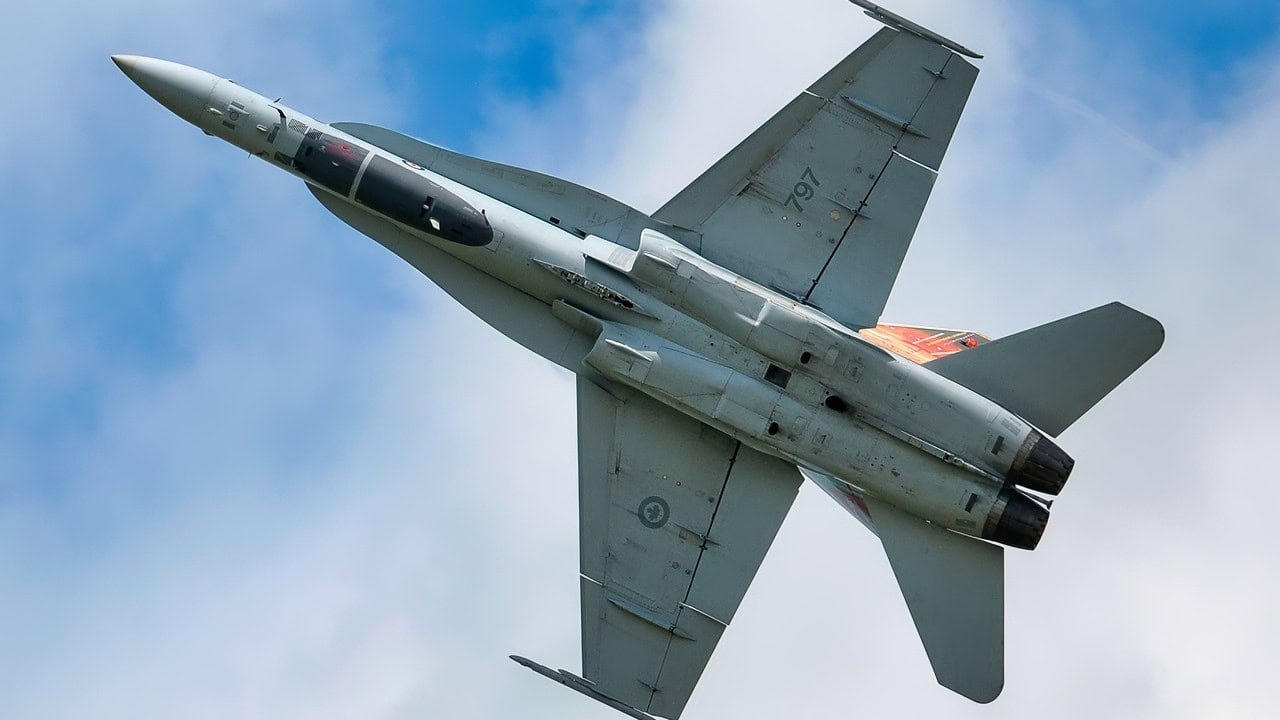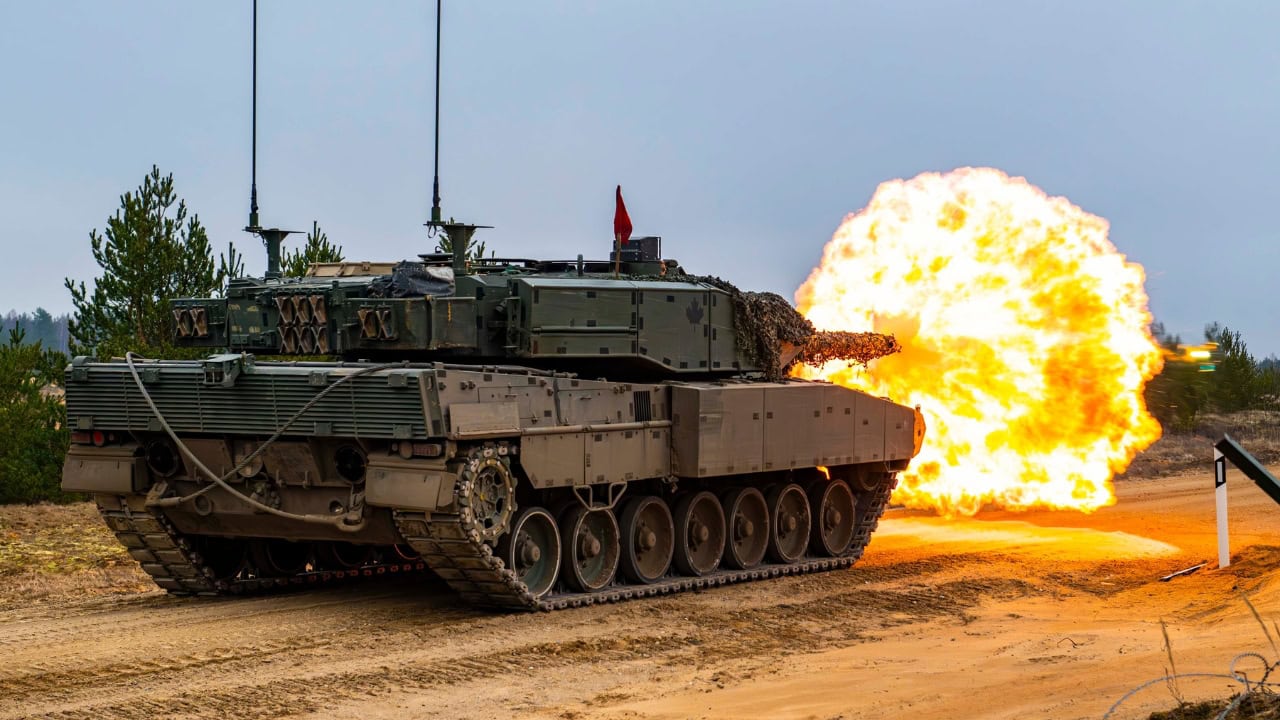The world has changed, but Canada’s defense posture remains stuck in the past.
Donald Trump’s return to the White House has shattered any illusions that NATO allies can continue free-riding on American security guarantees. Canada, long accustomed to deferring tough military decisions, now faces a harsh reality: either modernize its armed forces aggressively or risk strategic irrelevance.
The Trudeau government’s legacy of neglect has left the Canadian Armed Forces struggling to meet even the most basic national defense responsibilities, let alone contribute meaningfully to collective security in the North Atlantic, Arctic, and North Pacific.
Business as usual is no longer an option. Ottawa must act decisively, not just to maintain credibility with Washington, but to ensure Canada’s own survival in an increasingly volatile world.
Canada’s Military at a Crossroads
Canada has consistently failed to meet NATO’s two percent GDP defense spending benchmark. Trudeau’s government paid lip service to military investment while systematically underfunding procurement, recruitment, and infrastructure development.
The result is a military that is unprepared for the challenges of the modern geopolitical landscape.
The strategic environment has shifted dramatically. The Arctic is no longer an isolated frontier; it is an emerging battleground in great power competition. Russia continues to fortify its northern military presence, while China, declaring itself a “near-Arctic state,” is maneuvering to expand its influence.
Meanwhile, in the Indo-Pacific, China’s assertiveness threatens regional stability. Yet, despite these escalating threats, Ottawa clings to a defense strategy that assumes the United States will always fill the gaps. That assumption is not just outdated—it is dangerously naive. Canada is not a global power; it is a North Atlantic, Arctic, and North Pacific power. Its defense priorities must reflect these realities.
Trump and Military Modernization
Trump has long criticized NATO’s European and North American free riders, and Canada stands among the worst offenders. His second administration is unlikely to tolerate continued defense apathy. The days of assuming an automatic U.S. security guarantee are over. If Canada does not immediately and significantly invest in its own defense, it risks not just diplomatic embarrassment but actual strategic vulnerability.
Washington’s patience with Ottawa has worn thin, and not just among Trump-aligned Republicans. A bipartisan consensus has emerged in the U.S. that allies must take greater responsibility for their own security. Even during the Biden administration, criticism of Canada’s failure to meet defense spending commitments was mounting. Now, with Trump back in power, those pressures will only intensify. Canada must either modernize rapidly or face the reality that security alliances can no longer be taken for granted.
Modernization requires more than just incremental spending increases. Canada must overhaul its entire defense strategy, from procurement to force readiness. The navy is a glaring weakness, particularly the aging Victoria-class submarines that are wholly inadequate for safeguarding Canada’s vast maritime territory.
Trudeau’s promise to acquire up to twelve new submarines was a step in the right direction, but without a firm commitment to streamlining procurement and accelerating timelines, it risks becoming yet another bureaucratic failure. If Canada is serious about defense, it must build a credible submarine fleet capable of strategic deterrence and maritime control in its own waters.
The Arctic, long treated as a secondary concern, must become a primary focus of Canadian defense strategy. Russia’s military infrastructure in the region vastly outmatches anything Canada possesses, and China’s Arctic ambitions continue to grow.
Strengthening Arctic surveillance, deploying more ice-capable vessels, and expanding Canada’s military footprint in the North are no longer optional—they are essential. NATO’s northern flank depends on Canada stepping up, yet Ottawa remains reactive rather than proactive. This failure to act invites adversaries to exploit its weaknesses.
Canada Needs New Military Equipment
Procurement failures have long plagued Canada’s military, delaying essential acquisitions and leaving the armed forces ill-equipped. If Ottawa truly wants to modernize, it must cut through the bureaucracy that has paralyzed its defense projects. Defense spending should not be treated as a tool for domestic political calculations—it is a national security imperative.
The United States, through AUKUS, has demonstrated its willingness to form exclusive security partnerships with those who invest in serious military capabilities. If Canada continues to delay and underinvest, it risks exclusion from critical future alliances, weakening both its sovereignty and its strategic standing.
Trump’s return to the White House is more than a wake-up call—it is a final warning. Canada can no longer coast on outdated assumptions of perpetual American protection. Even beyond Trump, the global security landscape is shifting, and the United States is reorienting its strategic focus toward the Indo-Pacific.
If Canada does not seize this moment to modernize, it will find itself increasingly isolated, unable to secure its own interests or contribute meaningfully to allied defense efforts.
Trudeau’s defense policies have been reactive, symbolic, and ultimately ineffective. His government announced defense spending increases after Trump’s first term, but those pledges largely failed to materialize into tangible military improvements.
What Comes Next for a Military Stuck in the Past?
Now that Trump is back, Canada has no choice but to move beyond empty rhetoric. An aggressive, comprehensive modernization agenda is necessary, one that matches Canada’s security needs with real investment and strategic clarity.

Canada CF-18 Hornet Fighter
Canada’s reluctance to invest in its own defense is no longer just an embarrassment—it is a liability. Trump’s presidency underscores the urgency of this issue, but the need for decisive action extends beyond his leadership. The international security environment demands that Canada rise to the occasion. Relying on the U.S. umbrella without meaningful contributions is a strategy of decline.
Modernizing the Canadian Armed Forces is not just about maintaining credibility within NATO; it is about securing Canada’s own future in an era of rising threats. If Ottawa fails to act, it may soon find itself defenseless in an increasingly dangerous world, forced to reckon with the consequences of its own inaction.
The time for delay has passed. Canada must either step up—or step aside as the world moves on without it.
About the Author: Dr. Andrew Latham
Andrew Latham is a non-resident fellow at Defense Priorities and a professor of international relations and political theory at Macalester College in Saint Paul, MN. Andrew is now a Contributing Editor to 19FortyFive. You can follow him on X: @aakatham.

